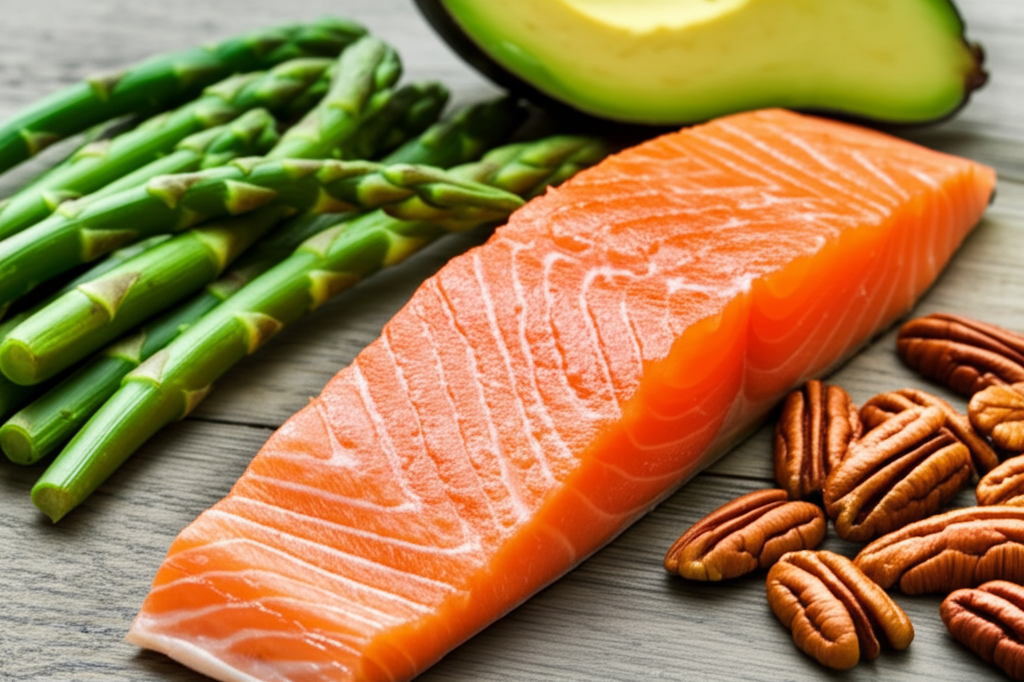Excess glucose in the blood and high insulin levels are the primary drivers of fat accumulation. Insulin, produced by the pancreas, is essential for glucose to enter cells. Without insulin, as seen in type 1 diabetics, the body cannot store fat, regardless of food intake.
To lose weight, the focus should be on reducing excess glucose and insulin. This is achieved through strategies like the 3×1 diet, which emphasizes foods that produce minimal glucose and insulin.
The 3×1 diet involves filling three-quarters of a plate with type A foods (proteins, vegetables, etc.) that promote weight loss due to their low glucose and insulin impact, and one-quarter with type E foods (carbohydrates, starches, etc.) that can hinder weight loss due to their high glucose and insulin content.

When aiming to build muscle, it’s crucial to shift the focus from body weight to body measurements. Muscle weighs significantly more than fat, so relying solely on the scale can be misleading.
Building muscle requires a balanced intake of protein, carbohydrates, and fats. The body needs ample energy to build muscle mass. The 3×1 diet principles can be adapted to ensure a proportional intake of these macronutrients.
By prioritizing body measurements over weight, consuming a balanced diet, and engaging in regular exercise, it is possible to increase muscle mass without increasing fat.



